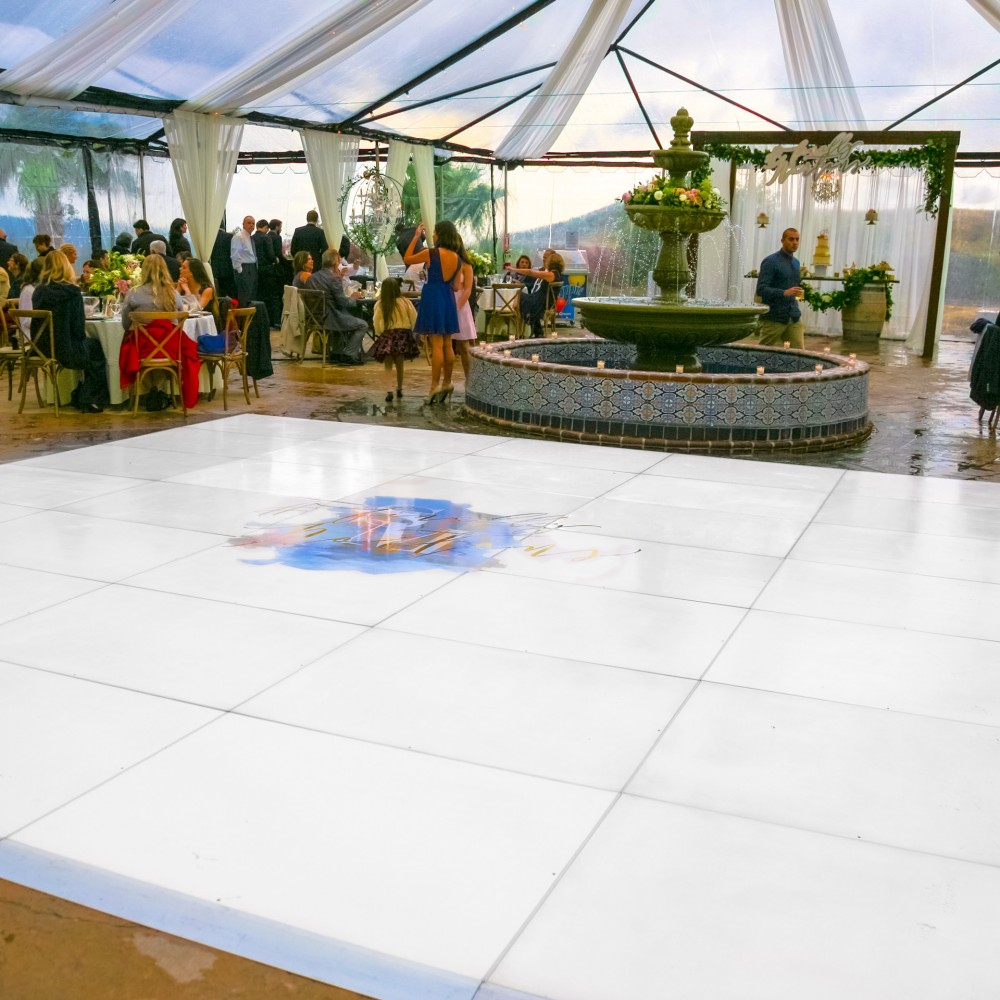Guaranteeing Security and Pleasure on the Dancing Space: Identifying and Reducing Typical Hazards
Dancing is a well-liked pastime that brings people together, regardless of at a party, a dance venue, or a special occasion. Yet, while dancing can be a lot of fun, it is essential to maintain security in consideration. The dance floor can pose various risks that may lead to accidents or mishaps if not addressed properly. By recognizing and preventing these common hazards, function organizers and dancers can ensure a safe and enjoyable experience for everyone.
One of the major significant hazards on the dance floor is the threat of slipping or falling. This can happen due to liquid accidents, uneven ground, or overcrowded spaces. To prevent these accidents, it is crucial to maintain a clean and dry dance area. Event coordinators should regularly check the area for any leaks or obstacles and remove them up immediately. Furthermore, ensuring that the dance area is adequately lit can help dancers see potential hazards, lessening the chances of slipping. Dancers should also be cognizant of their surroundings, avoiding crowded areas where they may be shoved or tripped.

Another common problem on the dance area is the potential for injuries caused by overcrowding. When too many individuals gather in one area, it can lead to collisions, bruises, and even more serious injuries. To prevent overcrowding, venues should set a maximum capacity for the dance area and monitor it closely. Event coordinators can use fencing or ropes to create specific areas for dancing, which can help manage crowd movement. Additionally, encouraging dancers to be conscious of their personal area and to respect others can create a more secure environment for everyone.
Injuries can also happen from unsuitable footwear. Wearing shoes that are not appropriate for link dancing can lead to slips, injuries, or foot damages. Dancers should choose footwear that provides proper support and grip. Event organizers can prompt guests to wear appropriate shoes by including this information in announcements or communications. Providing a place for dancers to keep their shoes can also help keep the dance floor secure and free from potential dance floor rental for cultural events hazards.
Lastly, it is vital to consider the significance of health and wellness on the dance floor. Staying well-hydrated is crucial, especially during extended periods of dancing. Dehydration can lead to lightheadedness, fatigue, and other health issues. Event organizers should provide hydration stations or encourage guests to bring water containers. Additionally, it is imperative for dancers to pay attention to their bodies and take pauses as needed. By encouraging a healthy environment, all can enjoy dancing while minimizing the risk of health-related issues.
In conclusion, guaranteeing safety and enjoyment on the dance area requires consciousness and proactive measures. By identifying hazards such as slips, overcrowding, unsuitable footwear, and health issues, event organizers and dancers can collaborate together to create a secure environment. Taking these steps not only avoids mishaps but also enhances the overall experience for all involved. With proper precautions, the dance floor can remain a space of fun and camaraderie for all.